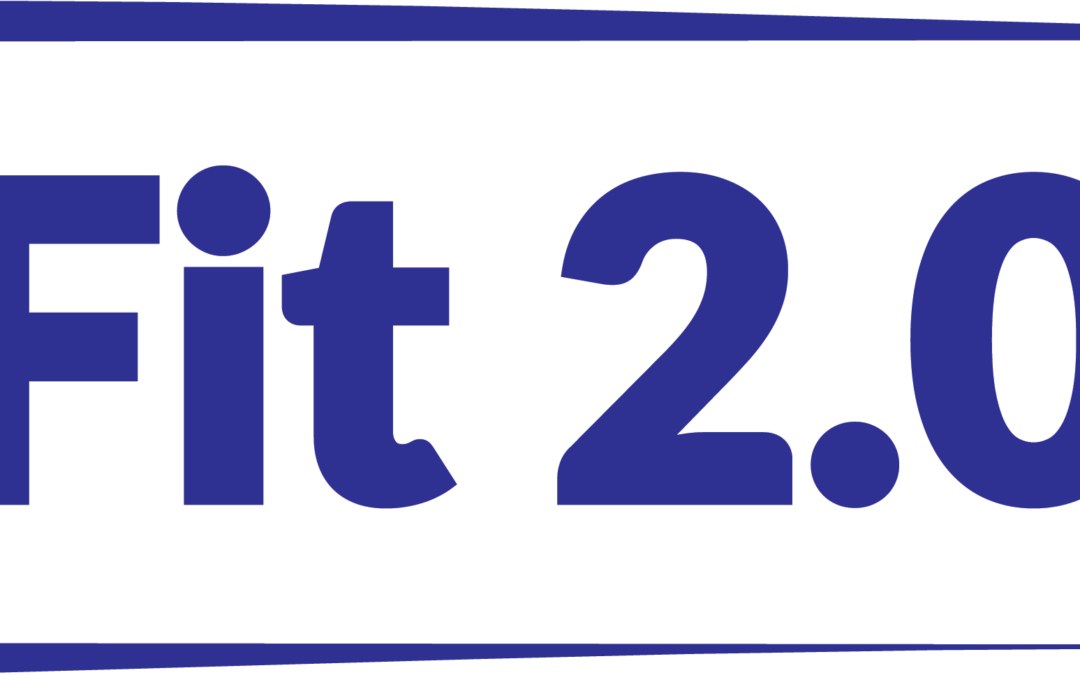
by admin | Sep 20, 2021 | Learn
ANTIRACIST – Acknowledging that our society has systemic racism baked into it, being “antiracist” means working to understand and confront racism wherever you encounter it.
BODY NEUTRAL – Body neutrality is a variation on body positivity used either to deemphasize the focus on the body or to allow that when someone is coming from years of body shame and hate or chronic pain, “positivity” can seem inaccessibile.
BODY POSITIVE – A key phrase coined by awesome fat Black women activists to radically reclaim appreciation and respect for oneself. Check out our blog post, “What Is Body Positivity”, to learn more about the complexity of “body positivity” in its current usage.
FAT – Fat is a descriptor and has no inherent moral value. Follow this link to read Ashleigh Shackelford’s excellent article, “Fat Is Not a Bad Word.”
FAT LIBERATION – Fat liberation is a movement to push back on the harmful discrimination fat folks experience throughout society, from the doctor’s office, to public seating, and beyond. Read Dariana Guerrero’s article, “Fat Liberation, Diet Culture, and Reimagining Our World,” to learn more.
FIT2.0 – Fit2.0, or #fit2point0, is our shorthand for people or practices that are prioritizing inclusivity and accessibility in their work. You may see us refer to harmful fitness industry practices, like selling diet shakes or pushing lots of before and after photos on social media, as “fit1.0”.
WEIGHT NEUTRAL – Weight neutral is a keyword many gyms and trainers will use to indicate that their practices do not track client measurements or sell weight-loss regimens, that they are open to following the clients’ leads, but do not have a sizeist agenda in their programming.

by admin | Sep 20, 2021 | Accessibility, Approachability, Connect, Learn
Body positivity is a movement created by Black women to celebrate and advocate for marginalized bodies. (Learn more on this history from Briana Dominici’s article, “The Black History of the Body Positive Movement”) Over time, the term has reached a broader audience, which has simultaneously been a great source of healing for many while also diluting the original intent. At BPFA, we acknowledge that “Body Positivity” encompases a spectrum of meaning to each individual and that each individual’s personal privilege intersects and informs how they interact with the spectrum.
If you are here at our website scoping out courses, that tells us that you are interested in making the fitness industry a more inclusive and accessible place. We see BPFA’s role as being your empathetic guide to making your programming more welcoming to all bodies. If these are your first steps towards body positivity/body neutrality/fat liberation, you are welcome here, and our Onramp to Inclusive Fitness Practices Course will be an excellent primer for you. If you have been involved in this work for a while, some of the material here may be familiar, but we hope the action-oriented coaching tips we provide, along with our network of Fit2.0Pros, will be useful to you as well. If you are interested in diving further into this work with exceptional folks putting out great content, check out Fitness 4 All Bodies, Decolonizing Fitness, The Body Is Not an Apology, and The Fat Lip podcast, just to name a few!
So wherever you are currently on the spectrum of body positivity, BPFA is here to help you grow and point you towards the amazing community of people already out there doing this important work in the fitness industry. Welcome! We’re glad you’re here.
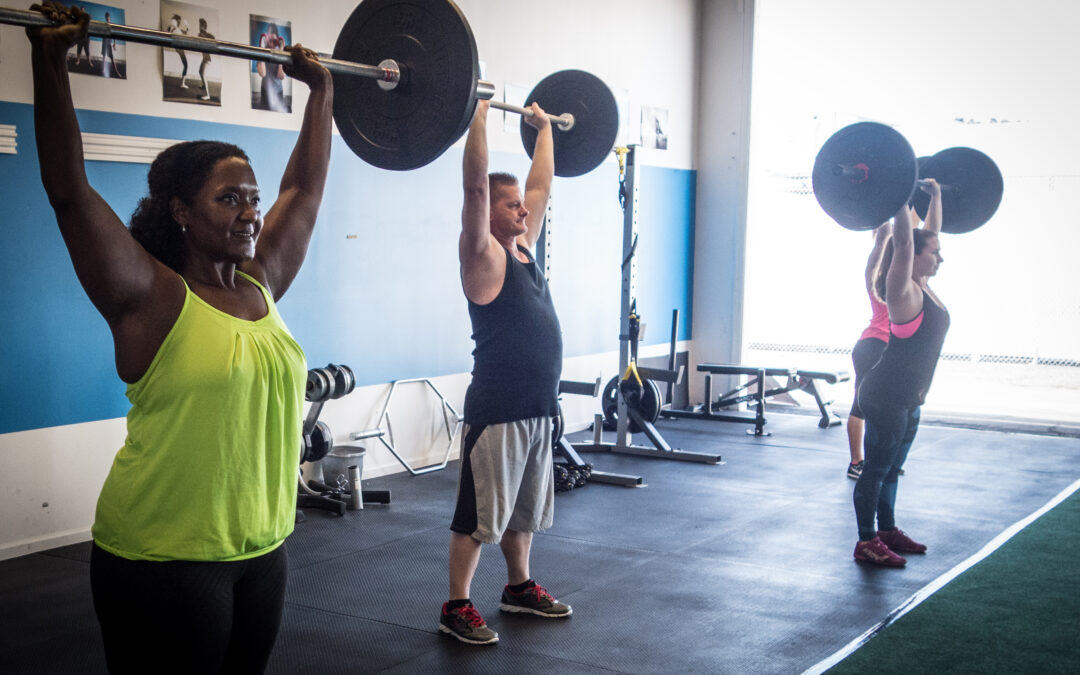
by admin | Sep 20, 2021 | Accessibility, Approachability, Learn, Trainer Tips
Be predictable. Perhaps seemingly counterintuitive advice in a world where everyone’s social media is trying ever wilder ways to catch your attention…but the reality is that on the client’s side, taking the first step to reach out to a new gym/trainer/fitness group often involves overcoming a lot of barriers.
“Barriers? What barriers? I’m a friendly coach!”
Yes, even though we may be very approachable individuals, clients come to us with a whole lifetime of experience that we don’t know about. They may be unfamiliar with the software we use, or nervous about discussing an old injury, or had a bad previous experience in a toxic gym environment, or just plain uncomfortable with facing the prospect of the awkwardness of learning something new. By being predictable, we can reduce some of those barriers by giving clients confidence that they know what to expect when they sign up.
Here are three things you can do today to make your client’s sign up experience more predictable:
- Post a virtual tour of what a coaching session with you actually looks like. Whether your coaching is virtual or in person, you can share a step by step of what that looks like and help build client confidence.
- Explicitly state what kind of coaching you offer. For example, “I provide weight-neutral, kickboxing classes for beginner to intermediate athletes.”
- Make it easy to find and understand your pricing. It can be scary to put numbers out there, but hiding what you cost is a quick way to irritate potential clients. Bonus – sharing your pricing is a great way to let potential clients know if you offer sliding scale and/or bartering options!
Click here to follow along for more trainer tips here at BPFA’s newsletter
by admin | Aug 3, 2021 | Connect, Learn
by Simone Samuels, BPFA Board Member and FitPro
Body positivity says…
My body is a good body, regardless of its size (or race, colour, weight, ability, disability or sexuality and gender expression) or how it looks and shows up in this world. I appreciate my body as it is. I am worthy of all of the good things life has to offer as I am, in this body (health, sex, love, respect, career advancement, access to clothes, access to services, visibility, joy etc.).
Body positivity was started by Black women. While body positivity is not embraced by everyone, body positivity is for everyone — it can be a useful concept for anyone with a body.
Body positivity was created by fat people but is not just for fat people. While fat acceptance is central to body positivity, body positivity is intended for all marginalized bodies (bodies with disabilities, dark-skinned bodies, scarred bodies, bodies with vitiligo, bodies fighting disordered eating, gender non-conforming bodies etc.).
#Bopo is interrelated to other social justice issues. E.g. dismantling the patriarchy is about justice for all bodies (especially female-identifying ones).
Within body positivity I’d include conversations around colorism, Black hair styles and textures.
Being content and finding peace with your body is body positivity.
Can body positivity include thin people? I think so. Thin people have bodies, and some people live at the intersection of body marginalization (thin and disabled). But body positivity wasn’t meant for thin people. Thin people still benefit from thin privilege.
Body positivity is for all bodies (including thin ones), while fat acceptance has fat people as its focus (I don’t use fat in a derogatory way here. It is what many people in this size group would prefer to be called instead of inaccurate medicalized words like “obese” or “overweight”).
Body positivity says that your body is inherently good and there is nothing fundamentally wrong with your body. Do you use a CPAP machine when you sleep? Do you take medication? Do you live with chronic illness? Lipodema? Can you find your size clothing at the store? Do you struggle with holding the asanas in yoga? The answers to these questions don’t really matter because your body is inherently good regardless.
Your lighter body isn’t any better than your heavier body. And no matter where you are on your fitness journey, your body is good.
Some people say weight loss is not compatible with body positivity. Or that body positivity verges on letting yourself go. I think wanting to change your body or improve the experience of living in your body is reconcilable with body positivity. Losing weight, gaining weight, building strength and lean muscle and endurance etc. — improving your body or changing your body does not affect the inherent value of your body. It ought not affect your relationship to your body. It’s ok to want to live more comfortably in your body. Of course, being happy just the way you are is also ok and is also body positivity.
Body positivity to me says there is nothing wrong with my body *and* I want my body to be at it’s best. So I choose food and movement in celebration of my good, nothing-wrong-with-it body.
About Simone
I’m a writer, vlogger and fitness professional based in Toronto. My educational background is in philosophy, political science and law (LL.B., B.C.L). I’m bilingual in English and French, and I’ve lived in Ottawa and Montreal.
I love writing about food, body positivity, law, race and faith/spirituality.
I’m a certified personal trainer, group fitness instructor, and aquatics instructor and a licensed Zumba, Aqua Zumba and Strong Nation instructor. I serve on the Board of Directors for the Body Positive Fitness Alliance.
Follow Simone for more amazing content here:
Simonesamuels.ca
IG: @simonesamuels
FB: @simonemoneeksamuels
YouTube: www.youtube.com/channel/UCE0sE3mvnH6IIGXyV3NaLaw
by admin | Nov 26, 2017 | Learn

So Thursday was Thanksgiving in the United States. Turkey, ham, mashed potatoes, gravy, stuffing… all the fixings and all the desserts and according to (what we at the BPFA refer to as) fit1point0 trainers – all the calories.
As a non-fitpro, I have been on the receiving end of “don’t eat that, eat this” or something similar since before I can remember. I played soccer from ages 8-29 including high school and collegiate soccer, competitive Kettlebell Sport lifting, strength training and have tried all kinds of movement-based activities over the decades. That means I’ve come into contact with tons of coaches/trainers/nutritionists and most of them have been the type to criticize what you’re putting on your plate or sharing those memes that say YOU ATE IT, NOW NEGATE IT! I was even brainwashed into an MLM and called myself a coach while I was only slangin shakes.
That being said, when the holidays come along, they are all out in droves. Constantly reminding you that if you eat that piece of pie, you better be ready to do 25 burpees… if you eat that stuffing, you owe them wind sprints… if you so much as enjoy any of your food you’re consuming, you owe them your money and your life. I know a lot of trainers are coming from a good place, but shaming people for what they eat is never a good idea. There’s a very small percentage of people who respond well to that kind of treatment and can maintain a lifestyle circled around shame and restrictive eating, but most of the population (myself included) will respond negatively.
As kind of a “HEY, DON’T BE AN A-HOLE AND JUST LET YOUR CLIENTS ENJOY THEIR HOLIDAYS” PSA, here are a few things we, as clients, don’t want to hear around the holidays:
- “You’ll lose all of your progress!”
- If you are training your clients properly, eating a slice of pie will not set them back. They’re going to be miserable while hanging out with family/friends if they’re constantly thinking “OMG my trainer is going to kill me if I eat this,” all while watching other family members/friends enjoying their food. And besides, you don’t know if they don’t already have some family member/friend that constantly judges what’s on their plate… you don’t want to be THAT person to add more negativity to their lives.
- “Eat this, not that.”
- Okay, I’m all for making suggestions on healthier alternatives, but making your client feel obligated to eat some low calorie, non-fat alternative may trigger them to overeat. Also, do you know if they have food allergies? What you suggest could possibly kill them rather than save them a few calories that day. This can also be stepping into breaching Scope of Practice since most Personal Trainers aren’t Registered Dieticians as well.
- “That’s going to go right to your *insert part of body here*!”
- Again, don’t be THAT person that adds more negativity. This does not work for most of the population. I have wide hips, a big ass, and big thighs. I was told constantly that eating a certain item would go straight to either one of those body parts. Do you know what that did to me? I’m 31 years old and only up until this year did I stop hating those parts of me. I still have some issues, but they’re not nearly as bad as when I was younger. This might not be true for EVERYONE, but it wouldn’t hurt to just never say that to anyone ever.
I understand that most trainers (at least now in 2017) will find that this doesn’t apply to them, but you’d be surprised… some trainers need constant DON’T BE AN A-HOLE reminders. Being a trainer has never meant pushing someone so hard to get to their results, but somewhere along the line, it became that. Letting your clients enjoy their holidays won’t kill them and as stated in the beginning – if you’re providing them with sustainable training habits, you won’t even have to say that eating an ENTIRE pie is probably not the best idea.
So again, DON’T BE THAT TRAINER and Happy Holidays.



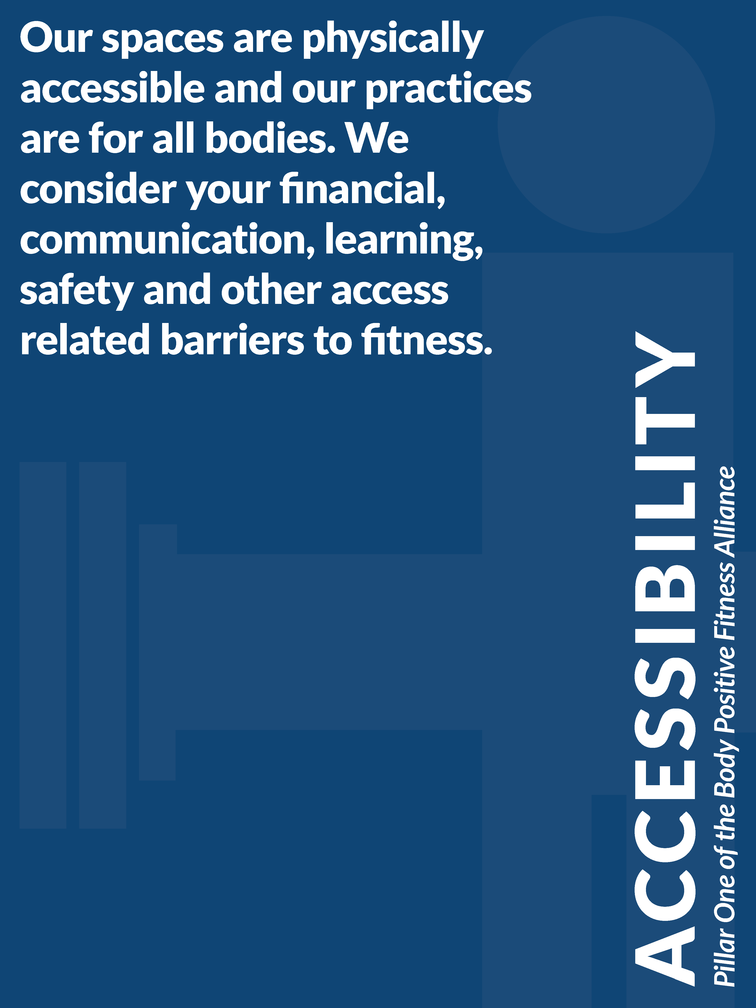
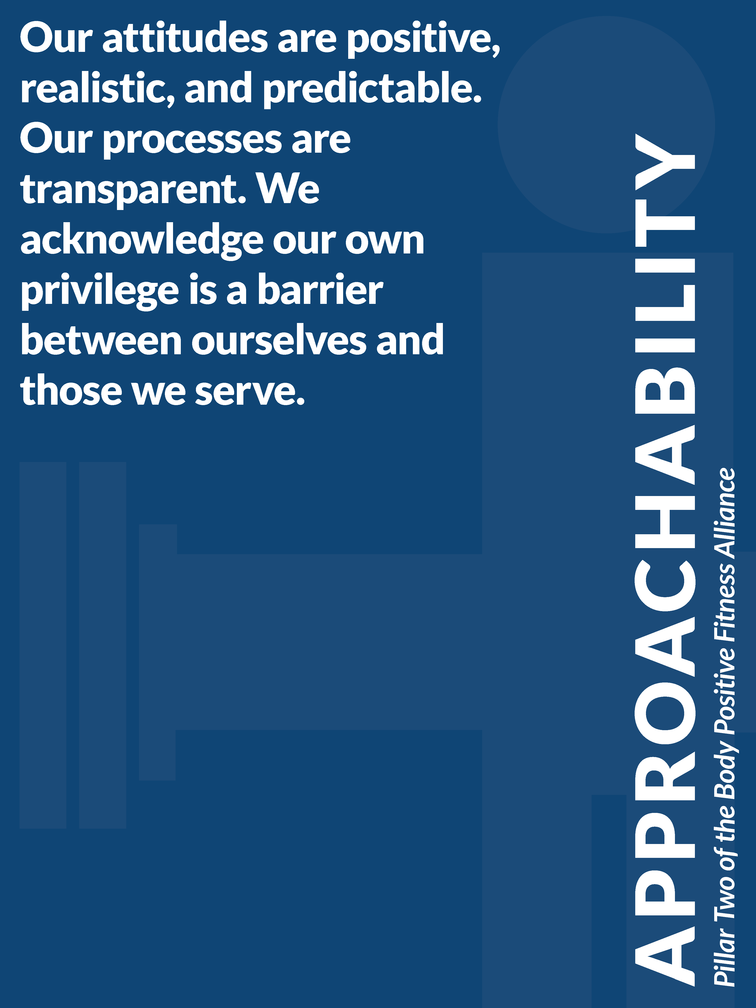
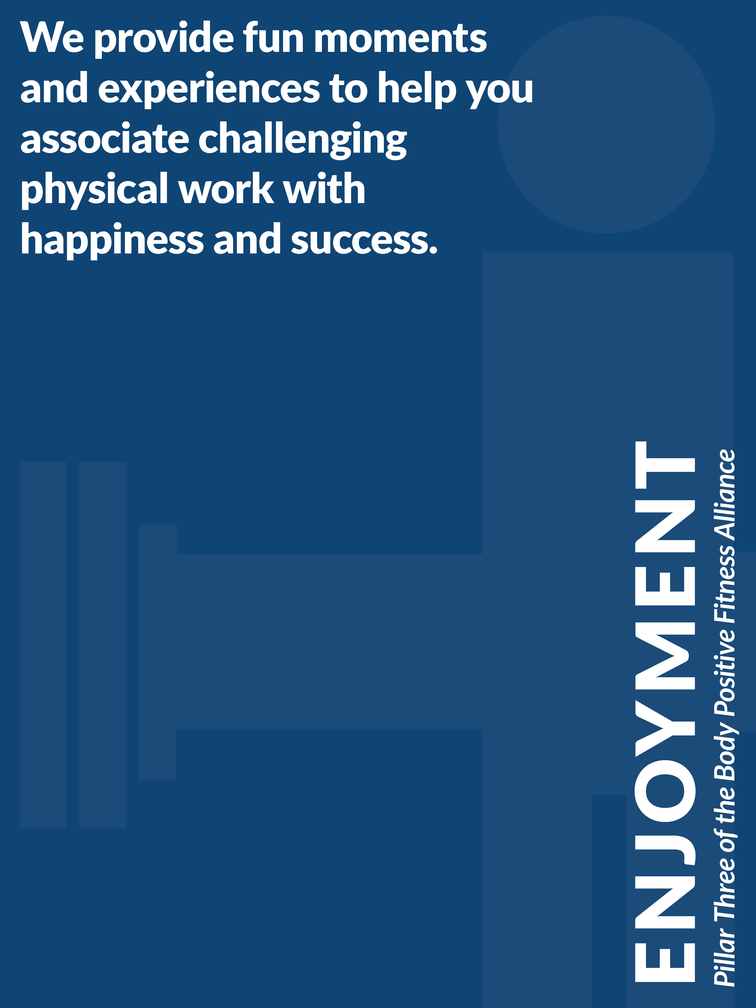
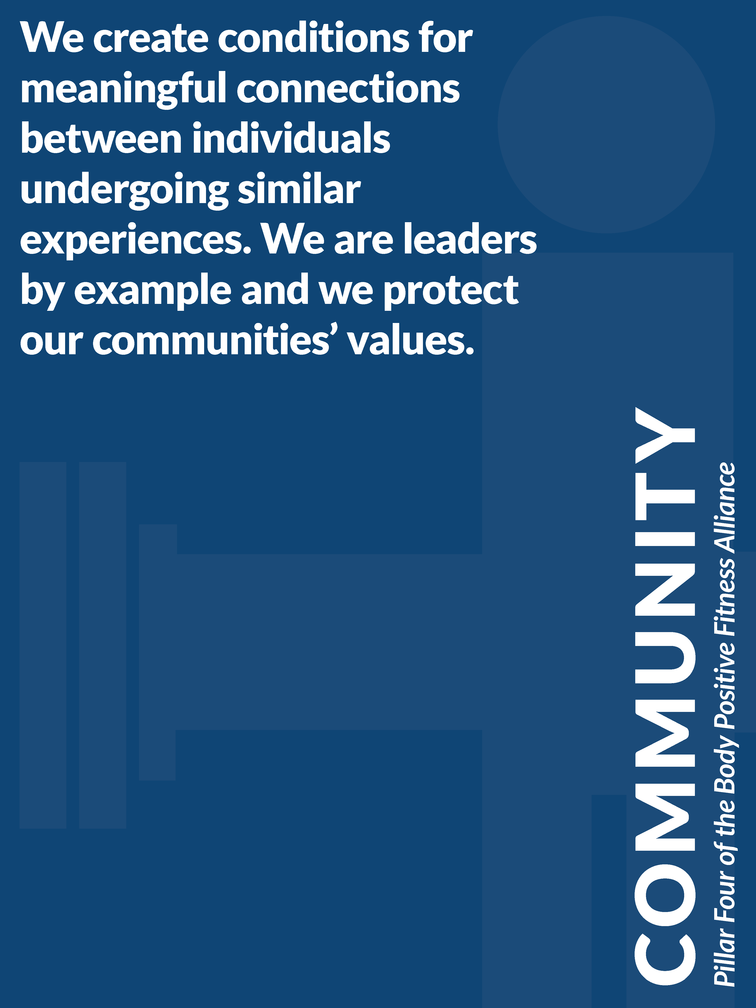
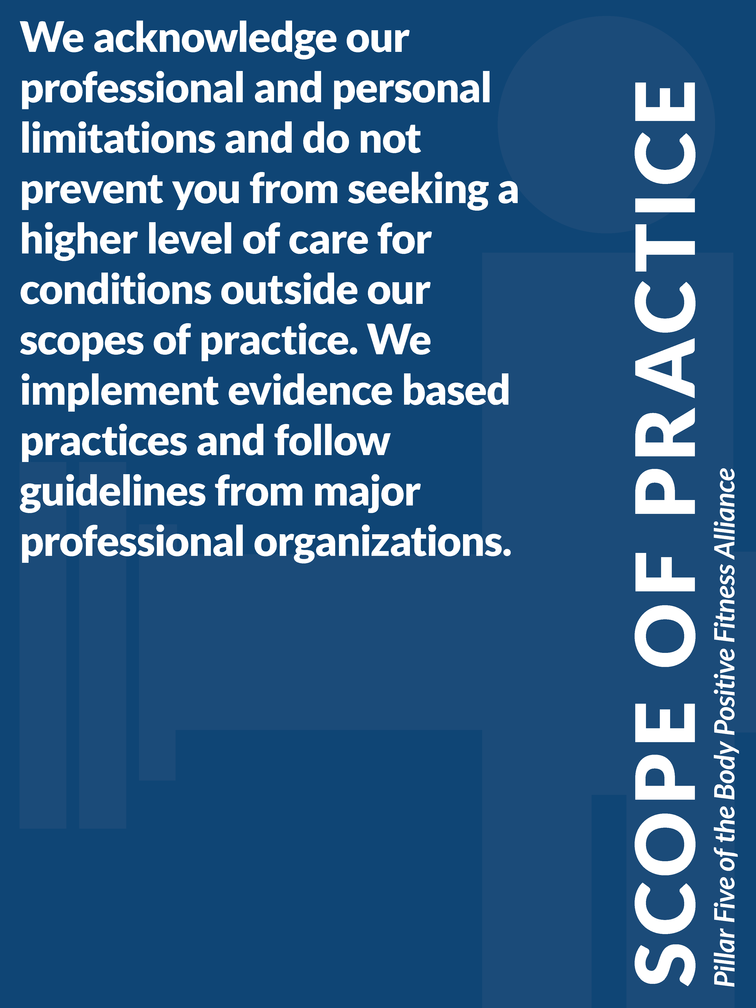
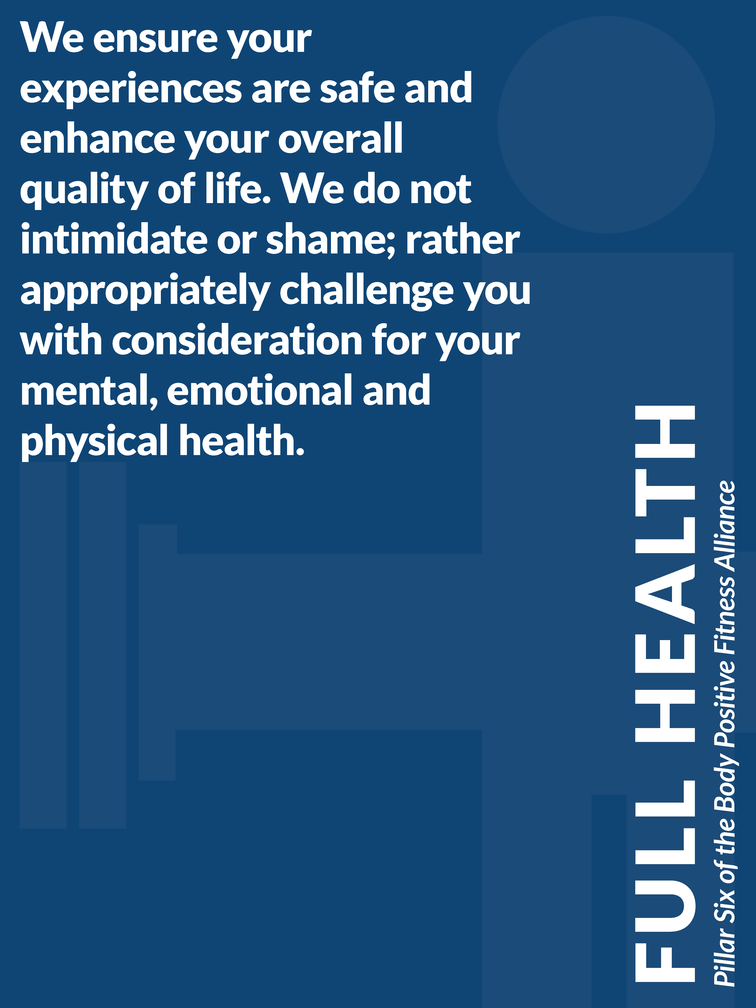
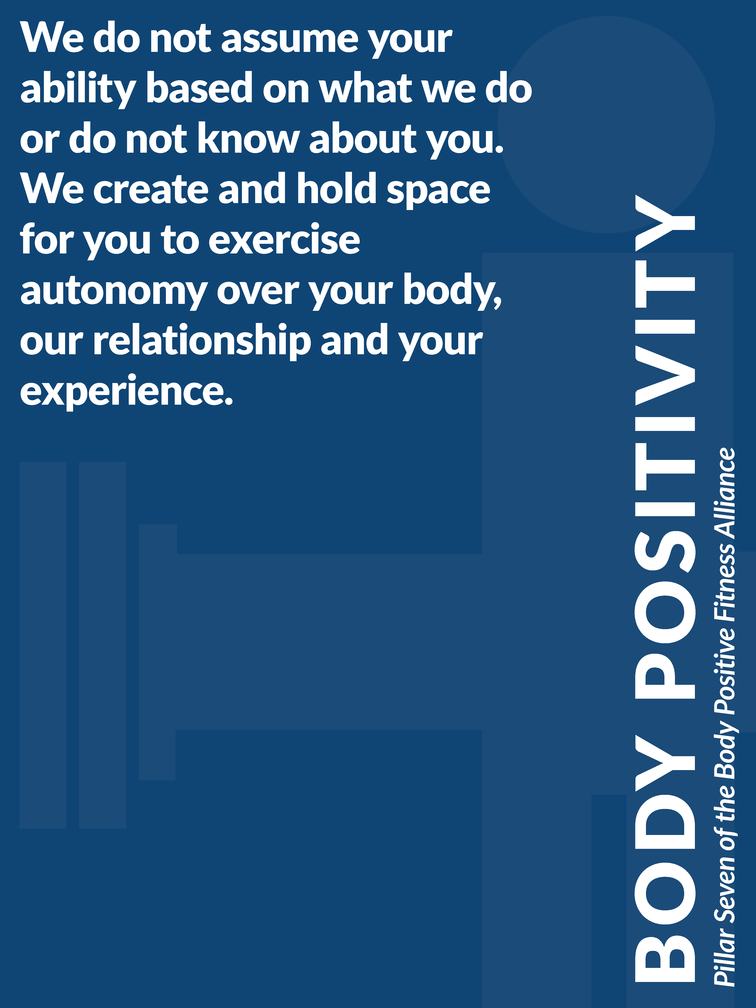
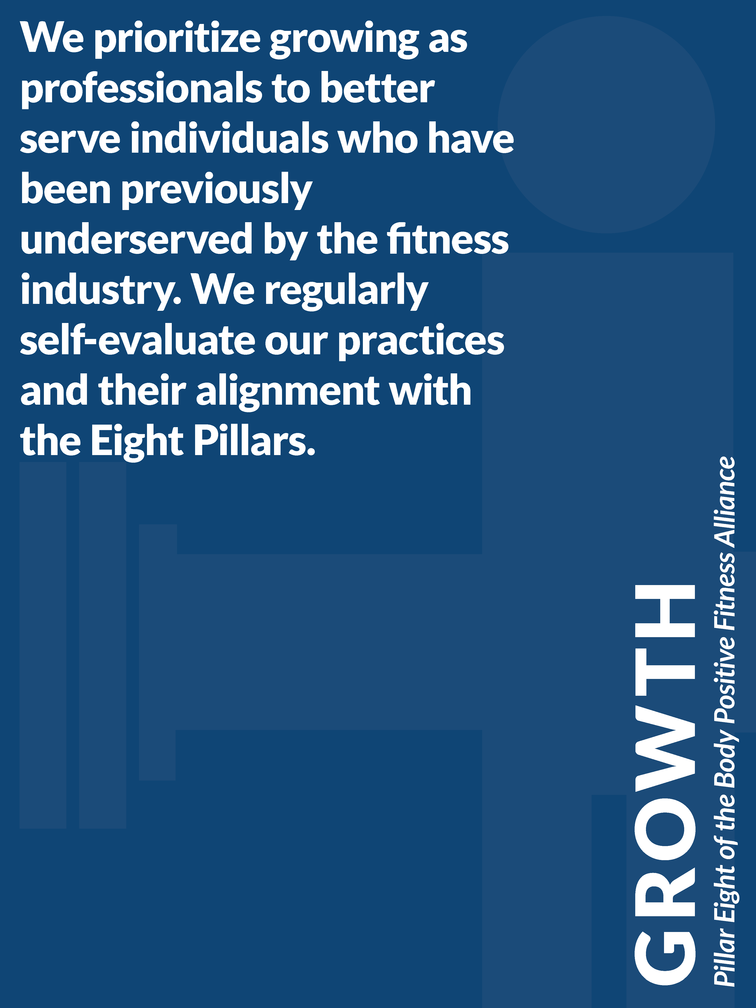

Recent Comments